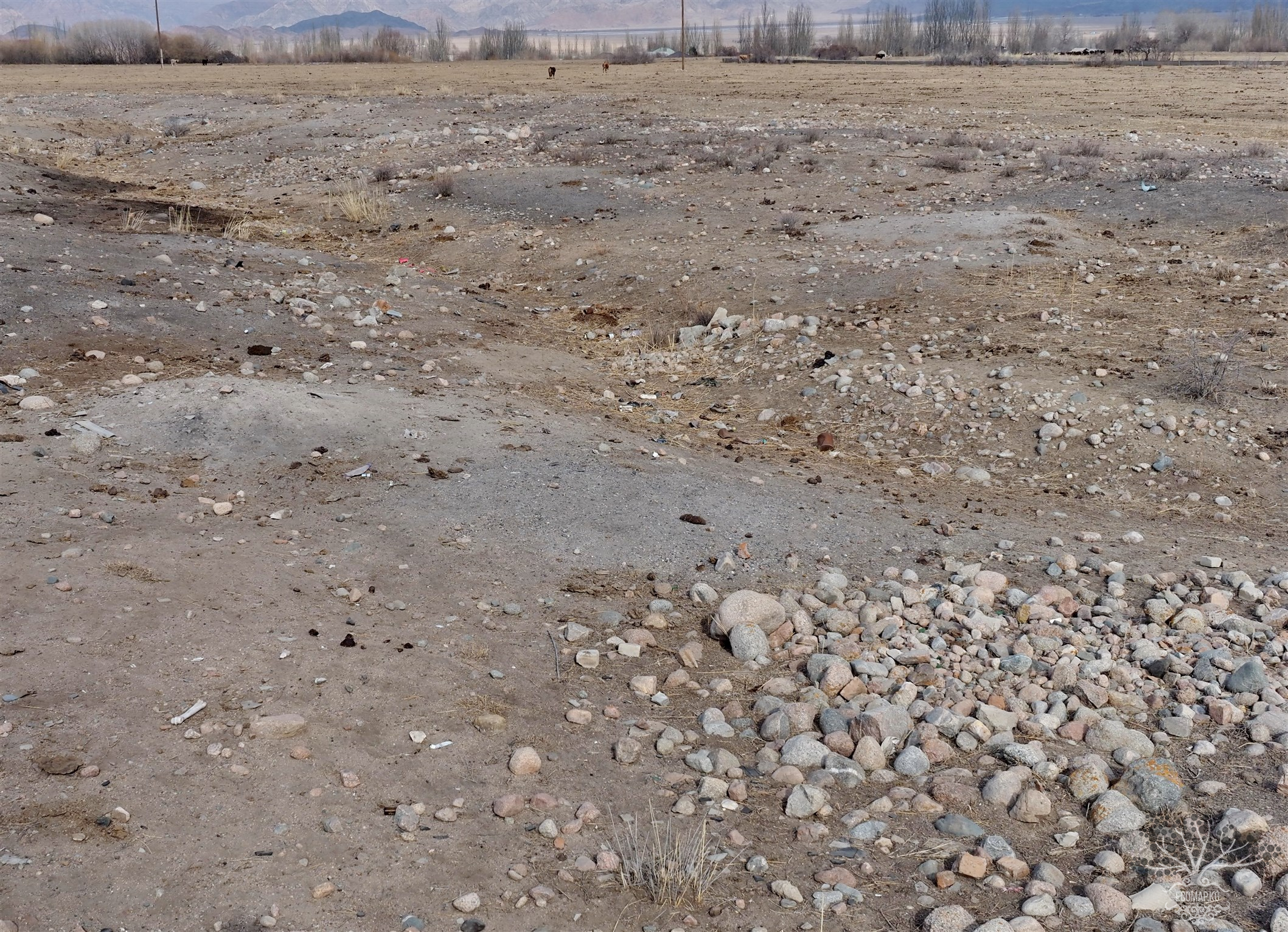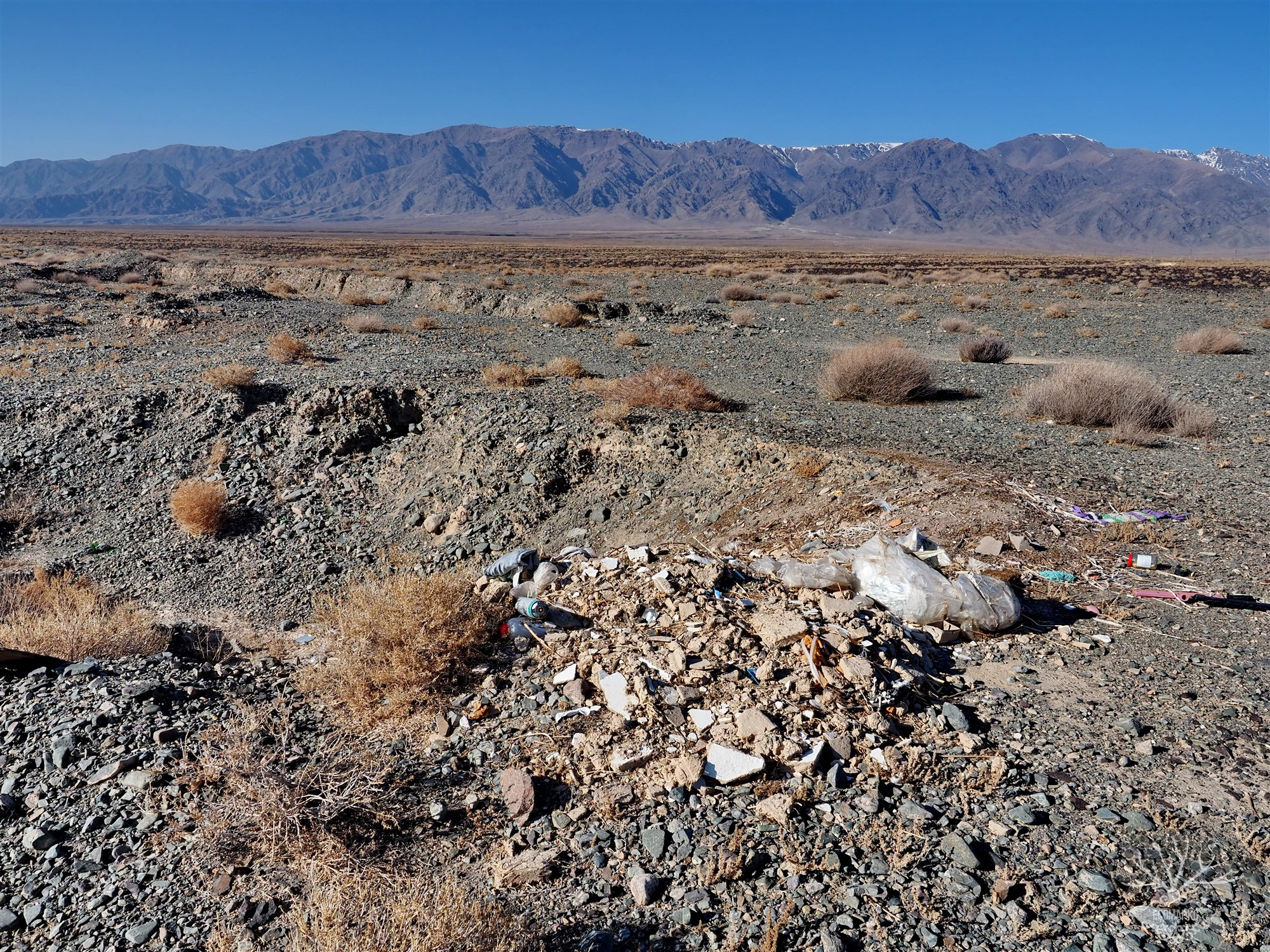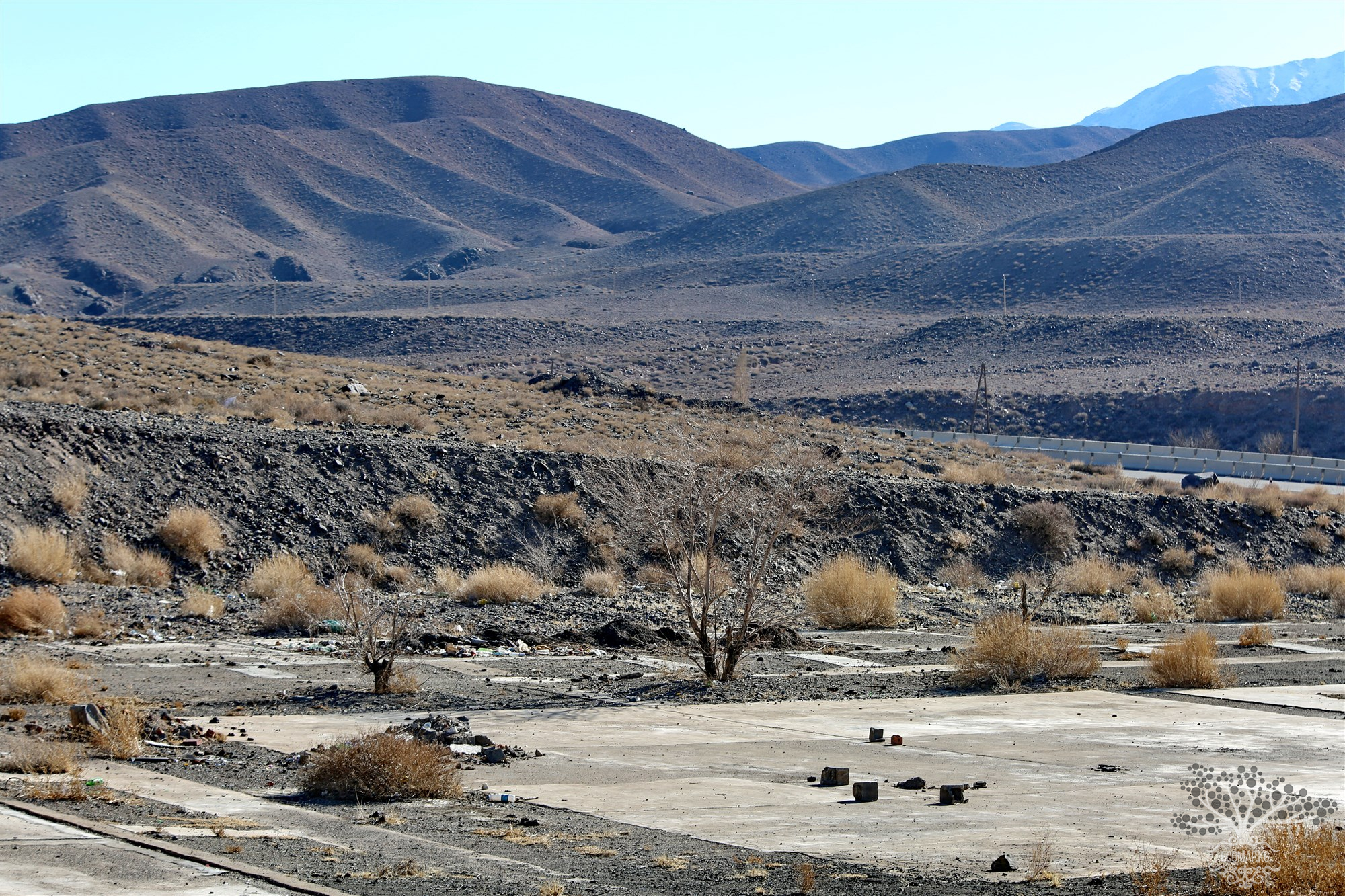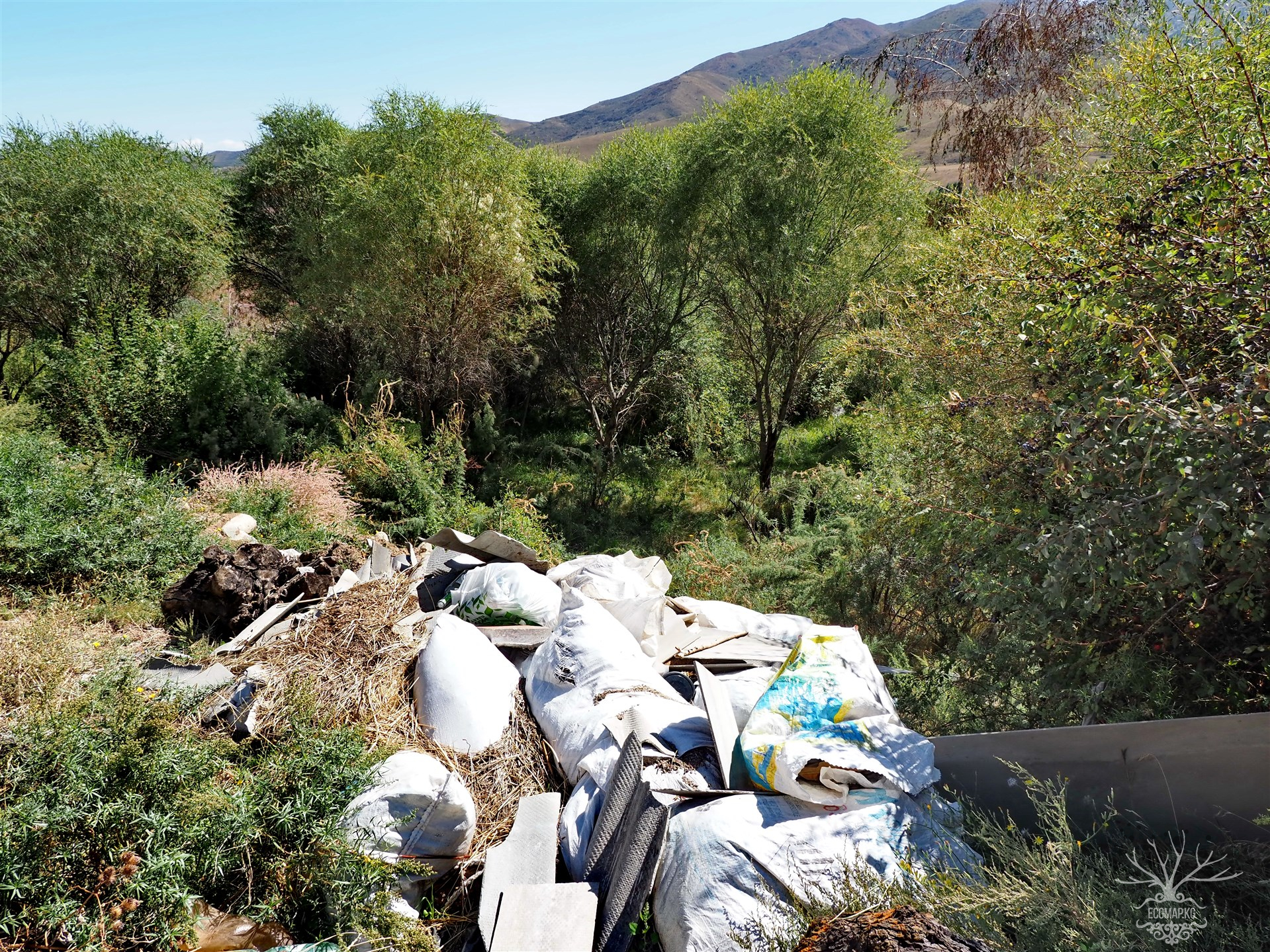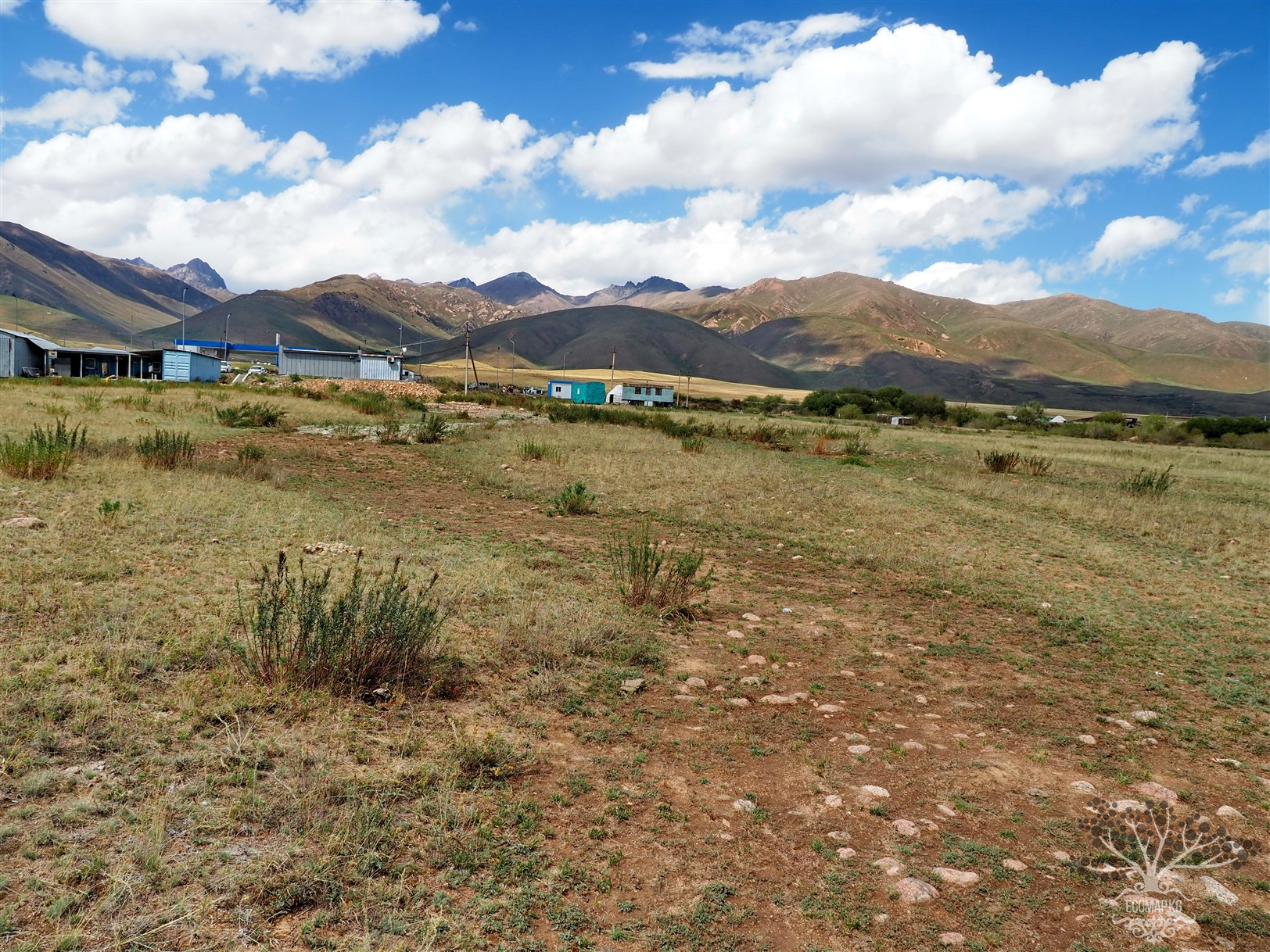Extraction of Inert Materials: Spontaneous Dump of the Village of Kara-Suu
Coordinates: 42.190224, 75.807468 Unauthorized landfills are one of the significant factors of pollution that negatively impact natural components: the atmosphere, water sources, soil, and plant and animal life. By being placed directly on the soil surface, landfills remove a significant portion of land from agricultural use and the biosphere, introducing pollutants into them. When waste placed in unauthorized landfills ignites, toxic and poisonous substances are released into the atmosphere.
